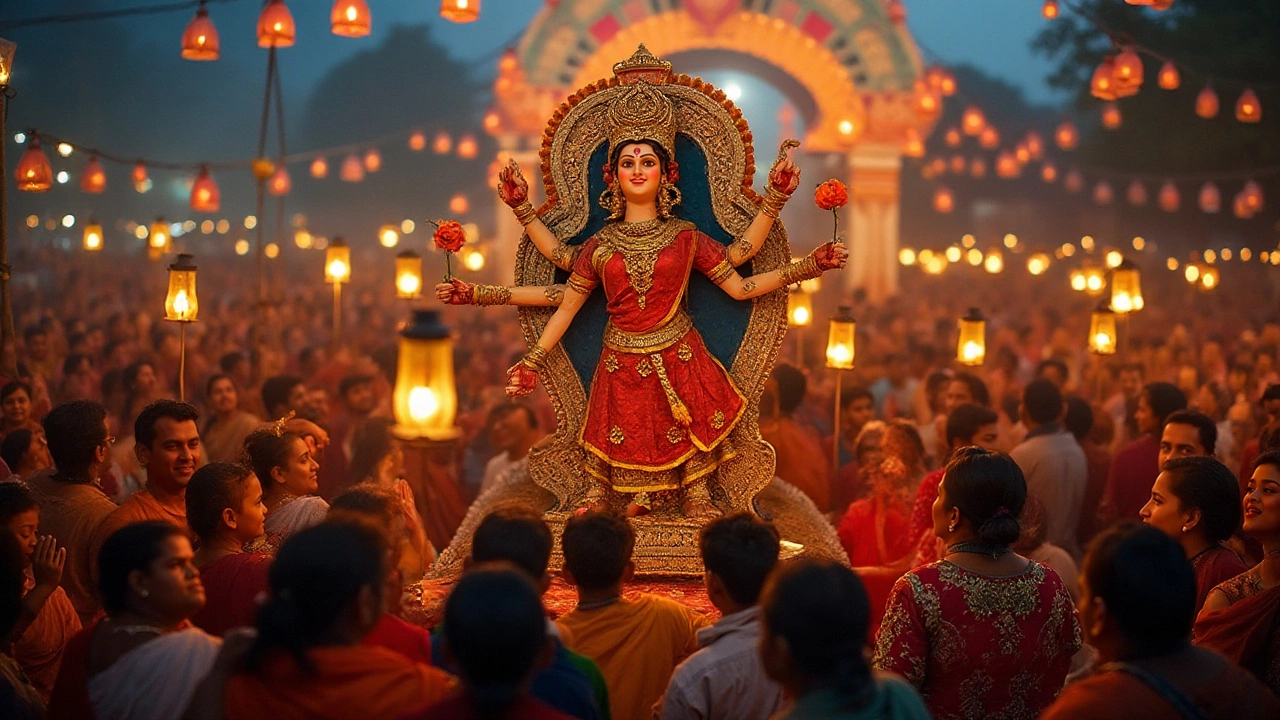
Diwali: The Most Famous Indian Festival Explained
Discover why Diwali is the most famous Indian festival, its history, rituals, regional twists, and tips for experiencing it as a visitor.
When you think of festival traditions, the vibrant, rhythm-driven, and deeply spiritual celebrations that mark time, community, and belief in Tamil Nadu. Also known as Tamil festive customs, these events aren’t just about fireworks or feasts—they’re living rituals passed down through generations, where every lamp lit, every song sung, and every sweet shared carries meaning. In Tamil culture, festivals aren’t events you attend; they’re experiences you live. You wake up before dawn to clean your doorstep with cow dung paste, you tie kolams with colored powders while the morning chill still clings to the air, and you sit cross-legged on the floor as elders chant prayers in a language older than most written records.
These traditions are tied to the land, the seasons, and the gods. Take Diwali, the festival of lights celebrated across India, but with a distinctly Tamil twist. Also known as Tamil Deepavali, it often blends with Karthigai Deepam, a uniquely Tamil festival where oil lamps are lit on hilltops and temple spires, turning entire towns into constellations of flame. This isn’t just decoration—it’s a symbol of inner light overcoming darkness, and it’s practiced with a quiet intensity you won’t find anywhere else. While other regions focus on wealth and prosperity, Tamils emphasize purity, devotion, and ancestral connection. You’ll see families gathering not just to eat, but to remember: who lit the first lamp in their home 100 years ago, which grandmother sang the lullaby during the ritual, which temple path they’ve walked every year since childhood.
These traditions don’t just survive—they adapt. Young people now use social media to share kolam designs, while elders still insist on handmade clay lamps over electric ones. You’ll hear Carnatic music played during temple processions, and folk dances like Karakattam performed in village squares, where the dancer balances a pot on their head while spinning to the beat of drums. Even food becomes ritual: sweets like murukku and athirasam aren’t just snacks—they’re offerings, symbols of abundance, and love made edible.
What you’ll find in the posts below isn’t a list of dates or tourist tips. It’s the real stories behind the rituals—the why behind the oil lamps, the silence before the bells, the laughter in the kitchen as aunts argue over the perfect jalebi recipe. You’ll learn how Diwali is celebrated differently in Madurai versus Chennai, why some Tamil families don’t celebrate Holi, and how a simple folk song called bol banao carries the same emotional weight as a temple chant. These aren’t just traditions. They’re the heartbeat of a culture that remembers, rebuilds, and rejoices—every single year.

Discover why Diwali is the most famous Indian festival, its history, rituals, regional twists, and tips for experiencing it as a visitor.

Bengali culture is vibrant and colorful, celebrated through a myriad of festivals that occur throughout the year. Known for its diversity, Bengal showcases traditions ranging from the grand Durga Puja to the poetic Saraswati Puja. In this article, explore the multitude of Bengali festivals celebrated both in India and by Bengali communities worldwide. Dive into the cultural significance and unique customs associated with these festivals, and learn how they continue to thrive in modern times.